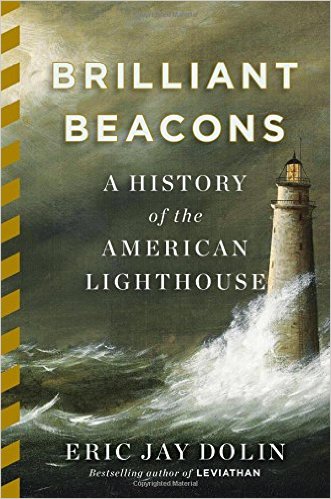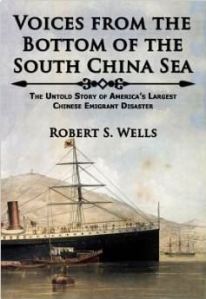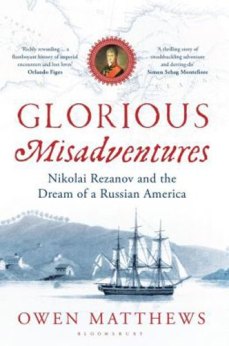
Brian Murphy’s fourth book, Adrift, drops today and is a magnificently researched telling of the sinking of the John Rutledge and subsequent nightmare endured by her passengers and crew. Murphy is no stranger to chilling tales as illustrated by his prior book, 81 Days Below Zero, which narrates the survival of a World War Two bomber crew after their plane crashed in the Yukon Territory. Adrift is co-authored with Murphy’s wife, Toula Vlahou, and the pair weave a gripping narrative about the voyage, sinking and subsequent fight for survival of the John Rutledge and her crew and passengers.
Several elements combine to make the book a gripping and informative read. First, Murphy eschews quotation marks, but attempts to accurately infuse dialogue into the book based on his research into the story line. Second, the book contains numerous historical asides and anecdotes that help the reader understand the life and times of mid-19th century mariners, immigrants and shipping line owners. Third, and finally, readers don’t need to be able to discern a mizzen from a main or port from starboard to enjoy Murphy’s tale of Thomas Nye and his fight for survival.
Murphy’s use of the ever quotable Joseph Conrad at the beginning of the book is apt – “The most amazing wonder of the deep is its unfathomable cruelty.” Not to give too much away, but Murphy could just as well have quoted Conrad’s Heart of Darkness for lying within the book are indeed hearts of darkness and the sinful nature of man that can be revealed in the midst of toil and trial. As beach season comes to a close and hurricane season begins to come into full swing, there are few better books to remind readers of the power of the deep blue ocean than Brian Murphy’s Adrift.










 Today marks the 28th anniversary of the sinking of the Peruvian Navy submarine Pacocha which was lost off the Peruvian port of Callao near Lima. Running on the surface on the night of August 26th, 1988, the Pacocha was accidentally rammed by a Japanese fishing trawler. Mistaking the conning tower of the sub for a small craft and thinking the two craft would pass one another harmlessly, the trawler’s crew did not take evasive action and the trawler struck the sub’s hull. The Pacocha‘s captain, Captain Daniel Nieva and six crew members were killed immediately while twenty-two sailors were able to successfully abandon ship. The United States immediately dispatched an underwater rescue team, however, the Peruvians quickly deployed a diving bell and, within 24 hours, gained access to the sub’s trapped crew through one of the Pacocha‘s hatches. The remaining twenty-three crew were safely brought to the surface, escaping an excruciating death of painful asphyxiation from chloride gas or drowning as the sub’s remaining compartments slowly filled with water.
Today marks the 28th anniversary of the sinking of the Peruvian Navy submarine Pacocha which was lost off the Peruvian port of Callao near Lima. Running on the surface on the night of August 26th, 1988, the Pacocha was accidentally rammed by a Japanese fishing trawler. Mistaking the conning tower of the sub for a small craft and thinking the two craft would pass one another harmlessly, the trawler’s crew did not take evasive action and the trawler struck the sub’s hull. The Pacocha‘s captain, Captain Daniel Nieva and six crew members were killed immediately while twenty-two sailors were able to successfully abandon ship. The United States immediately dispatched an underwater rescue team, however, the Peruvians quickly deployed a diving bell and, within 24 hours, gained access to the sub’s trapped crew through one of the Pacocha‘s hatches. The remaining twenty-three crew were safely brought to the surface, escaping an excruciating death of painful asphyxiation from chloride gas or drowning as the sub’s remaining compartments slowly filled with water.
